Newsfield Publications Ltd was a British magazine publisher during the 1980s and early 1990s.

Game Over is an action video game developed by Dinamic Software and published by Imagine Software in 1987. It was released for the Amstrad CPC, Commodore 64, MSX, Thomson TO7, and ZX Spectrum. The game includes some adventure game elements. A prompted unrated sequel, Game Over II, was released in 1987.

Jet Set Willy II: The Final Frontier is a platform game released 1985 by Software Projects as the Amstrad CPC port of Jet Set Willy. It was then rebranded as the sequel and ported to other home computers. Jet Set Willy II was developed by Derrick P. Rowson and Steve Wetherill rather than Jet Set Willy programmer Matthew Smith and is an expansion of the original game, rather than an entirely new one.
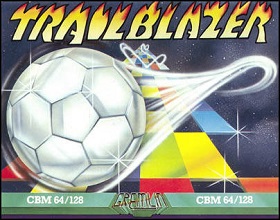
Trailblazer is a racing video game developed by Mr. Chip Software and published by Gremlin Graphics for the ZX Spectrum, Commodore 64, Atari 8-bit family, Amstrad CPC and Commodore 16/Plus/4 in 1986. It was ported to the Amiga and Atari ST.

Tornado Low Level is a multidirectional flight game developed by Costa Panayi and published in 1984 by the company he co-founded, Vortex Software. The game was released for the ZX Spectrum in 1984, with ports for the Amstrad CPC and Commodore 64 in 1985.
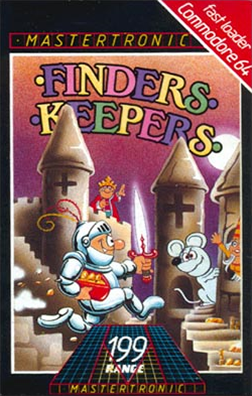
Finders Keepers is a video game written by David Jones and the first game in the Magic Knight series. It was published on the Mastertronic label for the ZX Spectrum, Amstrad CPC, MSX, Commodore 64, and Commodore 16 in 1985. Published in the United Kingdom at the budget price of £1.99. Finders Keepers is a platform game with some maze sections.
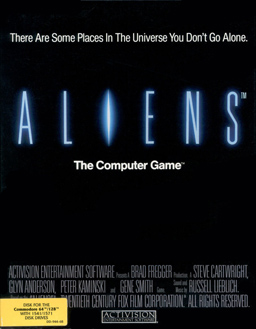
Aliens: The Computer Game is a 1986 video game developed and published by Activision for the Commodore 64, Apple II based on the film of the same title. As Activision's UK subsidiary Electric Dreams Software had independently released their own version of the game with the same title, the game was renamed for European release. Initially planned to be released as Aliens: The Second Part., it was finally published under the title Aliens: US Version with ports for the Amstrad CPC and ZX Spectrum produced by Mr Micro.
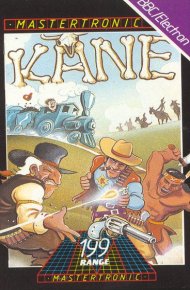
Kane is a multi-section action game published by Mastertronic for the Commodore 64 in 1986. It was ported to the Acorn Electron, Amstrad CPC, BBC Micro, ZX Spectrum, and the Commodore 16 and Plus/4. The game is set in the Wild West, and its name is a reference to the main character of the film High Noon. It consists of four distinct scenes, although some versions only contain two. A sequel was released in 1988.
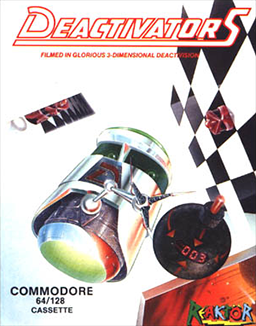
Deactivators is a 1986 puzzle video game designed by David Bishop and Chris Palmer, developed by Tigress Marketing and System Software, and published by Ariolasoft's action game imprint Reaktor. The player controls bomb disposal robots known as deactivators and must use them to deactivate bombs planted by terrorists in five research complexes. The concept for the game came from a brainstorming session between Bishop and Palmer; its design and development took five to six months to complete. It was released for the Amstrad CPC 464, Commodore 64, and ZX Spectrum platforms in October 1986.
Rigel's Revenge is a text adventure published in 1987 for the Amstrad CPC, Commodore 64, and ZX Spectrum home computers by Mastertronic on their "Bulldog" label. It was written by British studio Smart Egg Software using a heavily modified version of The Quill, an adventure-authoring package.

Feud is an adventure game designed by John Pickford for Binary Design and published in 1987 as the first game under the Bulldog Software label of Mastertronic. Versions were released for the Amiga, Amstrad CPC, Atari 8-bit family, Atari ST, Commodore 64, MS-DOS, MSX, and ZX Spectrum. The player takes on the role of the sorcerer Learic, and must fight his evil twin Leanoric.
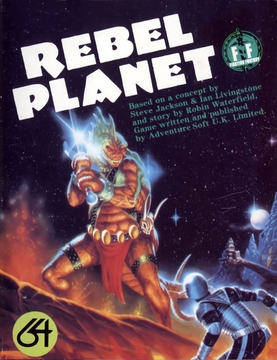
Rebel Planet is a role-playing video game published by Adventure Soft in 1985 for the Acorn Electron, Amstrad CPC, BBC Micro, Commodore 64, and ZX Spectrum.
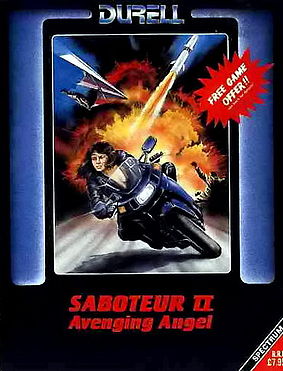
Saboteur II: Avenging Angel, also known as Saboteur 2, is an action-adventure game created by Clive Townsend and released by Durell Software in 1987 for the ZX Spectrum, Amstrad CPC, Commodore 64, and MS-DOS compatible operating systems. A sequel to 1985's Saboteur, the player controls a sister of Ninja from the first game on a mission to avenge his death. Saboteur II was one of the first action-adventure games with a female protagonist and was well received by critics.

Equinox is an action video game released by Mikro-Gen in 1986 for the ZX Spectrum, Amstrad CPC, and Commodore 64.
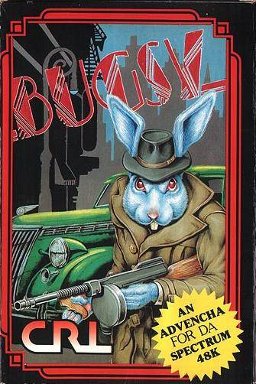
Bugsy, also known as The King of Chicago, is a 1986 graphic adventure game for the Commodore 64, Amstrad CPC, and ZX Spectrum developed by St. Bride's School and published by CRL Group exclusively in Europe. Its protagonist, Bugsy Maroon, is a rabbit gangster in 1922 Chicago.

Heartland is a platform game for the ZX Spectrum, Amstrad CPC, and Commodore 64 released by Odin Computer Graphics in 1986.

Light Force is a 1986 vertically scrolling shooter designed by Greg Follis and Roy Carter, developed by their company Gargoyle Games, and published under their Faster Than Light imprint. It was released for the Amstrad CPC, Commodore 64, and ZX Spectrum platforms.
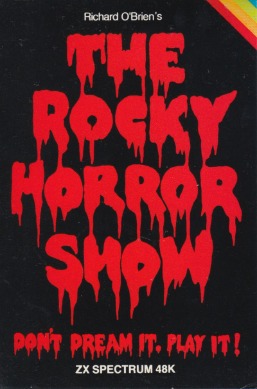
The Rocky Horror Show is a video game, based on the musical of the same name, it was developed and published by CRL Group. It was released for Apple II, Commodore 64, Commodore 128, ZX Spectrum, and Amstrad CPC created by the CRL Group PLC.

Judge Dredd is a 1991 platform shoot 'em up video game based on the character of the same name. It was developed by Random Access and published by Virgin Mastertronic. It was released in Europe in 1991, for the Amiga, Atari ST, Commodore 64, and ZX Spectrum. Critics found the gameplay repetitive.

Yes, Prime Minister is a 1987 adventure game based on the television series of the same name. It was developed by Oxford Digital Enterprises and published by Mosaic Publishing. It was released in Europe for Amstrad CPC, BBC Micro, Commodore 64, DOS, and ZX Spectrum. Critics found it a faithful adaptation of the television series, but remarked on its high price, short length, and lack of long-term appeal.



















